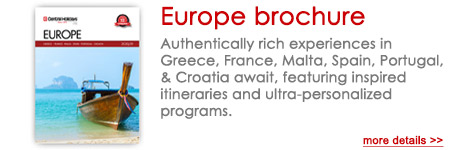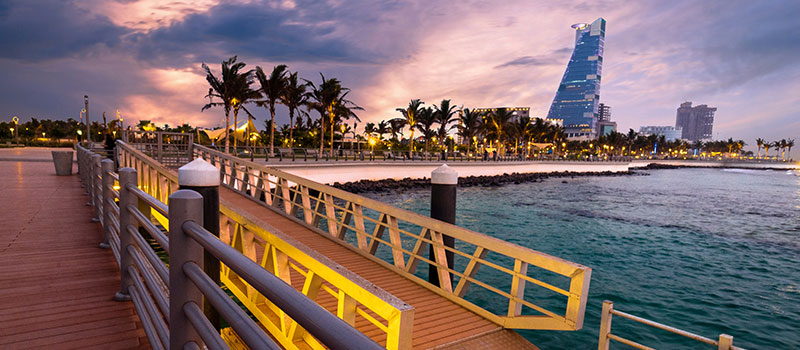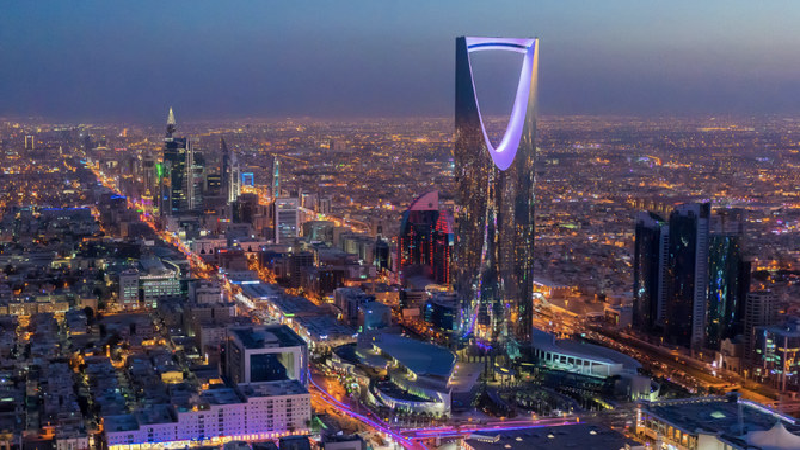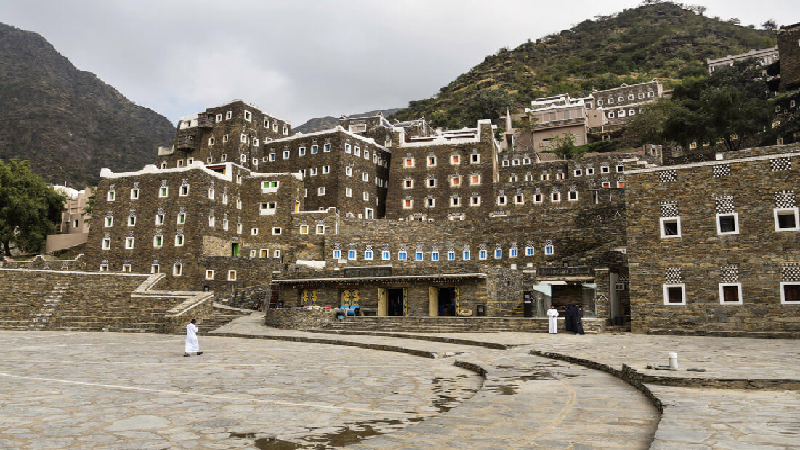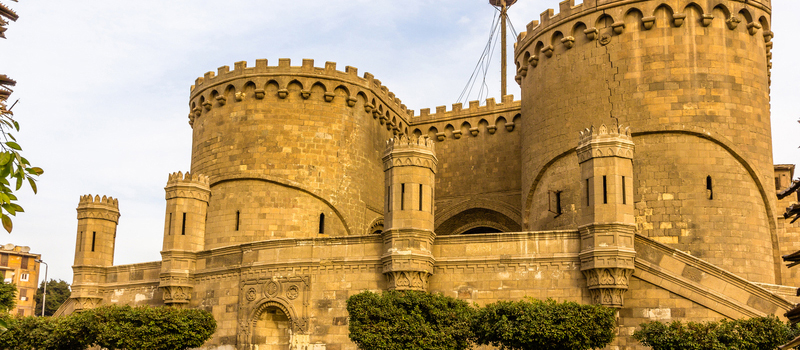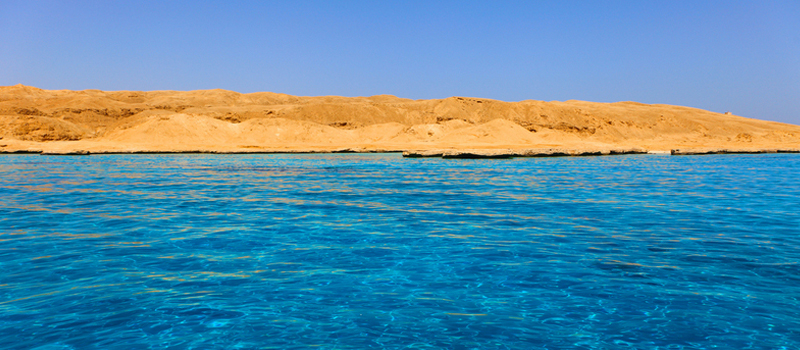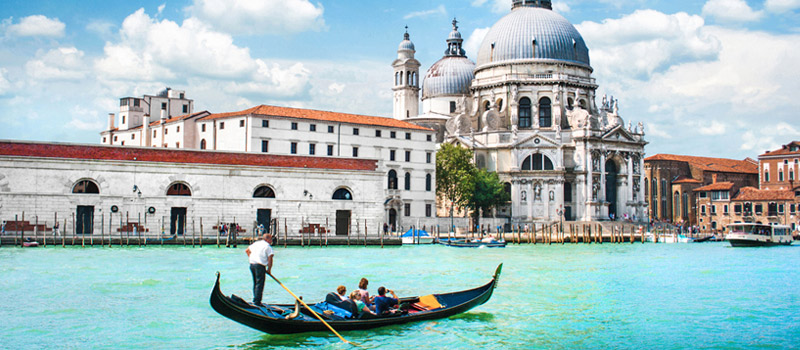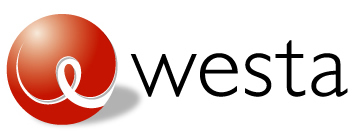In Arabic, Jeddah’s motto is “Jeddah Ghair,” meaning “Jeddah is different.” There are many things that set Jeddah apart from so many other cities. It is the second largest city in Saudi, topped only by Riyadh. It is the second largest/busiest seaport in the Middle East, topped only by Dubai’s Port of Jebel Ali. It is the 100th city in the world by land area. It has long been a gateway to Mecca, the holiest city in Islam and the yearly destination for some 2 million pilgrims worldwide.
Jeddah began as a fishing village in the 6th century BC, and by the 7th century, it was a hub for traders and pilgrims arriving by sea. It was a major port for Indian Ocean trade routes, channeling goods to Mecca. Jeddah is now one of Saudi’s key resort cities, as it abuts the Red Sea. The Jeddah Waterfront, also known as the Jeddah Corniche, spans 730,000 square kilometers (280,000 square miles). The waterfront entities include swimming beaches, a floating marina dock, restaurants, parks, playgrounds, and King Fahd’s Fountain—the world’s tallest. There are opportunities for diving and snorkeling amid its coral reefs. Jeddah retains its warm temperatures even in the winter; the mean temperature in January is 24.5 degrees C (76 degrees F), and 32.7 degrees C (91 degrees F) in August.
The Old City, or Al Balad, is a UNESCO World Heritage Site. It is essentially an open-air museum. There are eight ancient doors to what was once the Jeddah Wall. These ancient doors would be closed at night to protect all that remained inside. The most famous is Bab Jadid, but Bab Makkah and Bab Shareef are also worth a visit. There are also more than 10 ancient houses, praised for their design and the names of their ancient families. The most famous of these is Bait Sharbatly, which was formerly the headquarters of the Egyptian Embassy in Saudi. Now a cultural center, you can explore the inside. There is also the Al-Shafi’i Mosque. The marble pillars and Manqabi stones go back 1,400 years, but its minaret dates back only 850 years as ancient mosques didn’t have minarets.
There are actually more than 1,300 mosques in Jeddah, but a more modern one worth visiting is the Al Rahmah Mosque. It is known as the “floating mosque” for its appearance of “hovering” on the Red Sea at high tide.
Due to its close proximity to the Red Sea, fishing and seafood dominate Jeddah’s food culture. You can find fish such as najeel (red grouper), along with crab, shrimp, shellfish, and fish kofta (fish cake). For those not overly fond of seafood, there is Saleeg (rice with meat or chicken), Mabshur (white rice cooked in broth with chicken), and magliya (a local version of falafel). The Central Fish Market opens at dawn and sells fresh seafood with English labels. Favorites include najeel, tarabini (Napoleon wrasse), sea bass, tuna, squid, crab, and lobster. You can practice haggling and the market has an on-site restaurant. Other notable restaurants in Jeddah include Shawarma Shaker Aljazeera, Bait Al Mandi, Taibat Al Hijaz, and Abu Zaid, where you can try local and traditional delicacies. There are also plenty of bakeries and cafés—Saudis love their coffee!
Jeddah has long been home to folk markets through the ages, and its souqs are still an ideal destination for heritage and souvenir seekers. These souqs are showcases for craftmanship and handmade goods which you can purchase and take home with you. Souqs in historic Jeddah feature clothing, bakhoor (incense), perfume, tableware, jewelry, carpets, and decorations. For those interested in more modern shopping opportunities, there is the Red Sea Mall, with 600 stores and shops featuring high-end brands.
There are still more attractions that deserve your attention when in Jeddah. The Tayebat Museum focuses on Jeddah’s 2,500-year history and houses several floors of in-depth exhibits. One floor is dedicated solely to Jeddah’s rich Islamic heritage; other floors cover the foundation of Saudi and its culture, including nomadic Bedouin life and traditional clothing.
The Fakieh Aquarium features more than 200 species, with around 85% native to Jeddah’s coral reefs. There are 800 Red Sea oddities that can’t be found anywhere else. Visitors can view sharks, penguins, sting rays, seahorses, jellyfish, and—soon to come—the unique Sea Dragon. Information is provided in English and Arabic. Some endangered marine life, including giant turtles, have been rescued following injury or illness, and are released once they have fully recovered.
Central Holidays has many travel packages that include Jeddah, and its staff can help ensure that your travel experience is everything you desire.




.png)

 Multi Country
Multi Country  Italy
Italy  Spain
Spain  France
France  Greece
Greece  Portugal
Portugal  Croatia
Croatia  Malta
Malta 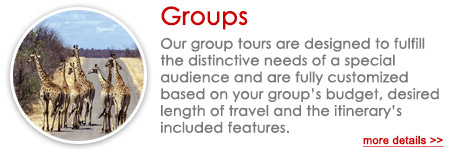
 Saudi
Saudi  Egypt
Egypt  United Arab Emirates
United Arab Emirates  Israel
Israel  Jordan
Jordan  Oman
Oman  Eastern & Southern Africa
Eastern & Southern Africa  Argentina
Argentina  Bolivia
Bolivia  Brazil
Brazil  Chile
Chile  Colombia
Colombia  Costa Rica
Costa Rica  Ecuador & Galapagos Islands
Ecuador & Galapagos Islands  Panama
Panama  Peru
Peru  Guatemala
Guatemala 